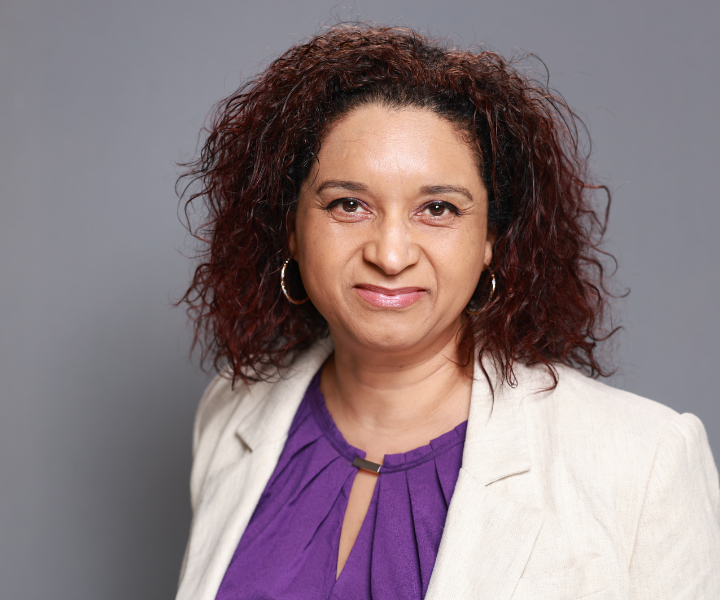A new study led by Dr. Monnica Williams, Canada Research Chair in Mental Health Disparities and professor of psychology at the University of Ottawa, sheds light on this often-overlooked reality. Drawing on the experiences of more than 400 Black, Indigenous and people of colour (BIPOC) students, her team’s findings resonate across the post-secondary landscape.
Everyday bias and its emotional toll
Microaggressions can take many forms: a casual question, an offhand joke or a persistent assumption about someone’s identity. In the study, nearly 40% of students reported feeling pressured to “tone down” elements of their language, clothing or cultural traditions to fit in. Many described being treated as outsiders, with “Where are you really from?” cited as a familiar refrain.
“These are not isolated incidents,” says Williams. “They reflect deeper structural dynamics found on many campuses.” One student put it bluntly: “Sometimes I feel as if people look past me or don’t see me as a real person because of my race.”
That sense of invisibility is reinforced by the data: almost 39% of respondents described race relations on campus as “extremely or somewhat problematic,” and nearly three-quarters said they didn’t know how to formally report discrimination.
Mental health impact and student coping strategies
The cumulative effect of microaggressions is measurable and profound. The study found strong links between exposure and symptoms of depression, anxiety and racial trauma. Among Black students, 77% scored above the clinical threshold for racial trauma; among Asian students, the figure was 65%.
One respondent said, “I had to take a break halfway through the survey and ended up crying and feeling the anxiety all over again.”
Most students leaned on friends (84%) or family (51%) to cope, but fewer than one in five sought help from campus mental health services, often citing concerns about trust or cultural sensitivity. The report underscores that while personal networks are a crucial lifeline, they can’t substitute for the institutional change students say they need.
Research in action: A roadmap forward
Williams and her team have outlined a roadmap for change that includes:
- Regular anti-racism and unconscious bias training for students, faculty and staff.
- Clear, accessible and well-publicized reporting channels for discrimination and harassment.
- Recruiting and retaining more BIPOC faculty and staff to reflect the student population.
- Expanding culturally-competent mental health care with trained counsellors and reduced barriers to access.
- Creating dedicated cultural and community spaces that affirm students’ identities and foster belonging.
“Universities must go beyond statements of diversity to address the lived realities of their students,” the report emphasizes.
While the study was conducted at uOttawa, its recommendations are relevant across Canadian higher education. On campus, the findings also support the University’s commitment to equity, diversity and inclusion, and to fostering a safe, welcoming environment for all students.
A call for visibility and change
Though the research focuses on uOttawa, its findings are relevant for all Canadian universities. The message from students is unmistakable: they want more than tolerance—they want to be visible, valued and able to thrive.
“The voices of students are clear,” says Williams. “They are asking not only to be included, but to thrive. This research is their blueprint for a better future.”

“The voices of students are clear. They are asking not only to be included, but to thrive. This research is their blueprint for a better future.”
Monnica Williams
— Canada Research Chair in Mental Health Disparities and professor of psychology at uOttawa
Support and resources
To learn more, find support services or get involved in equity initiatives, discover uOttawa’s Anti-Racism and Anti-Hate Hub. The hub offers tools, training and information to help build a more inclusive, respectful campus for everyone.


